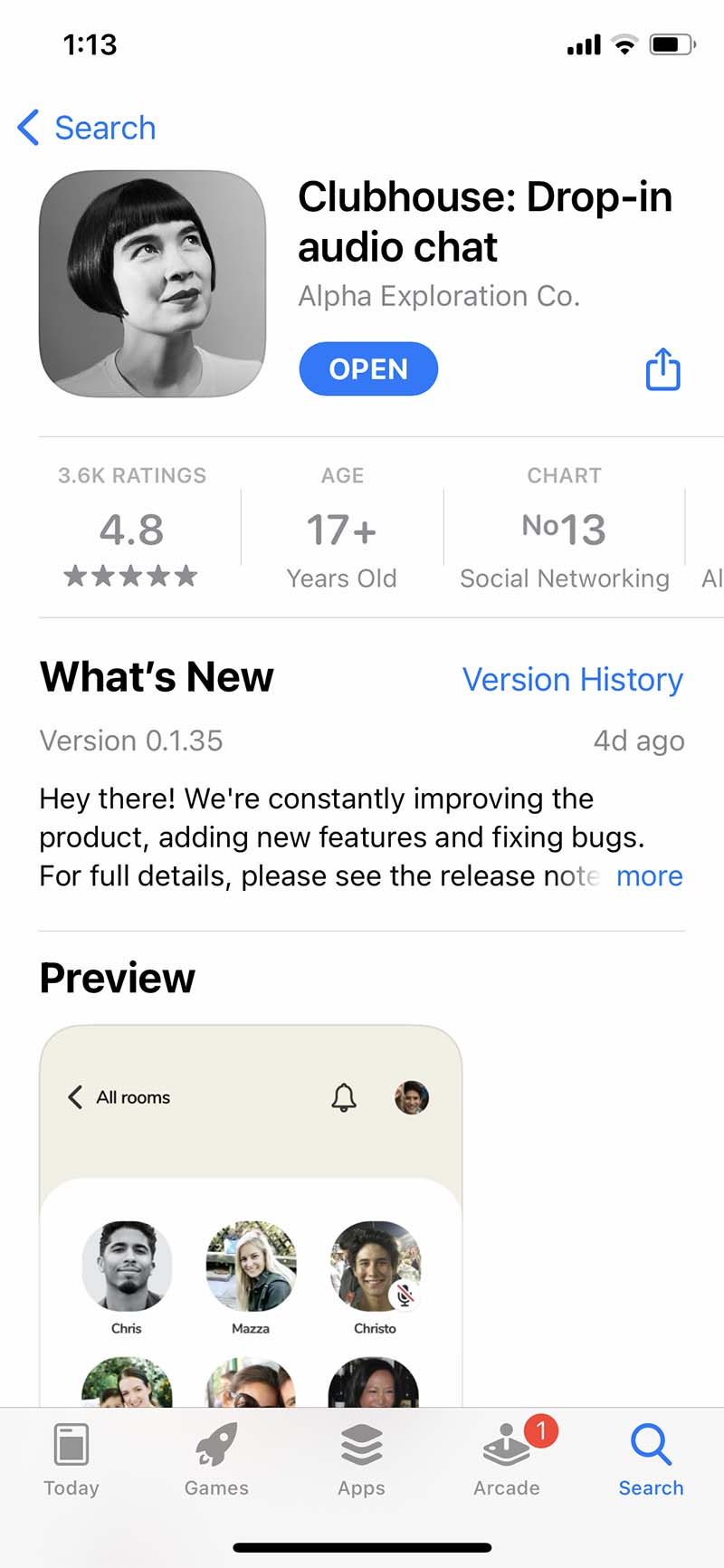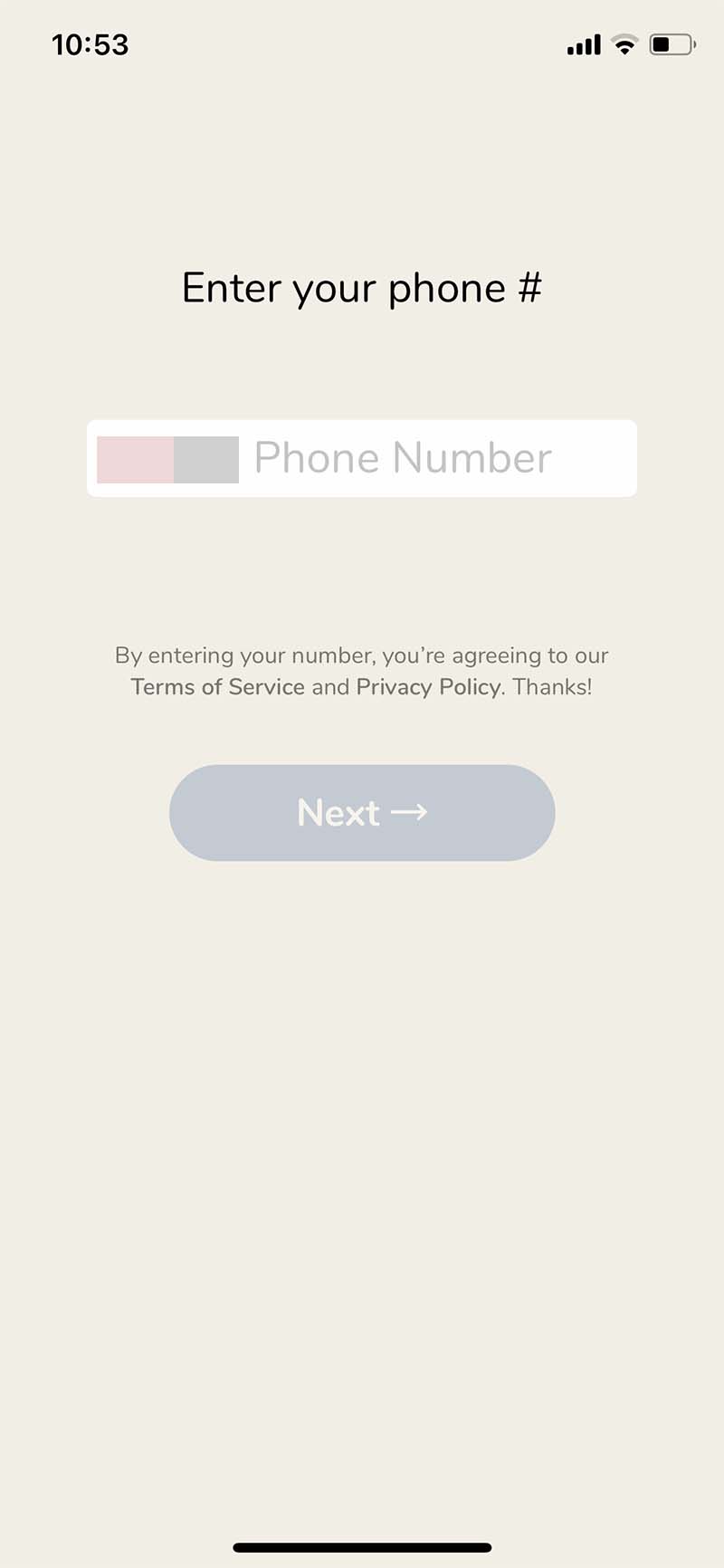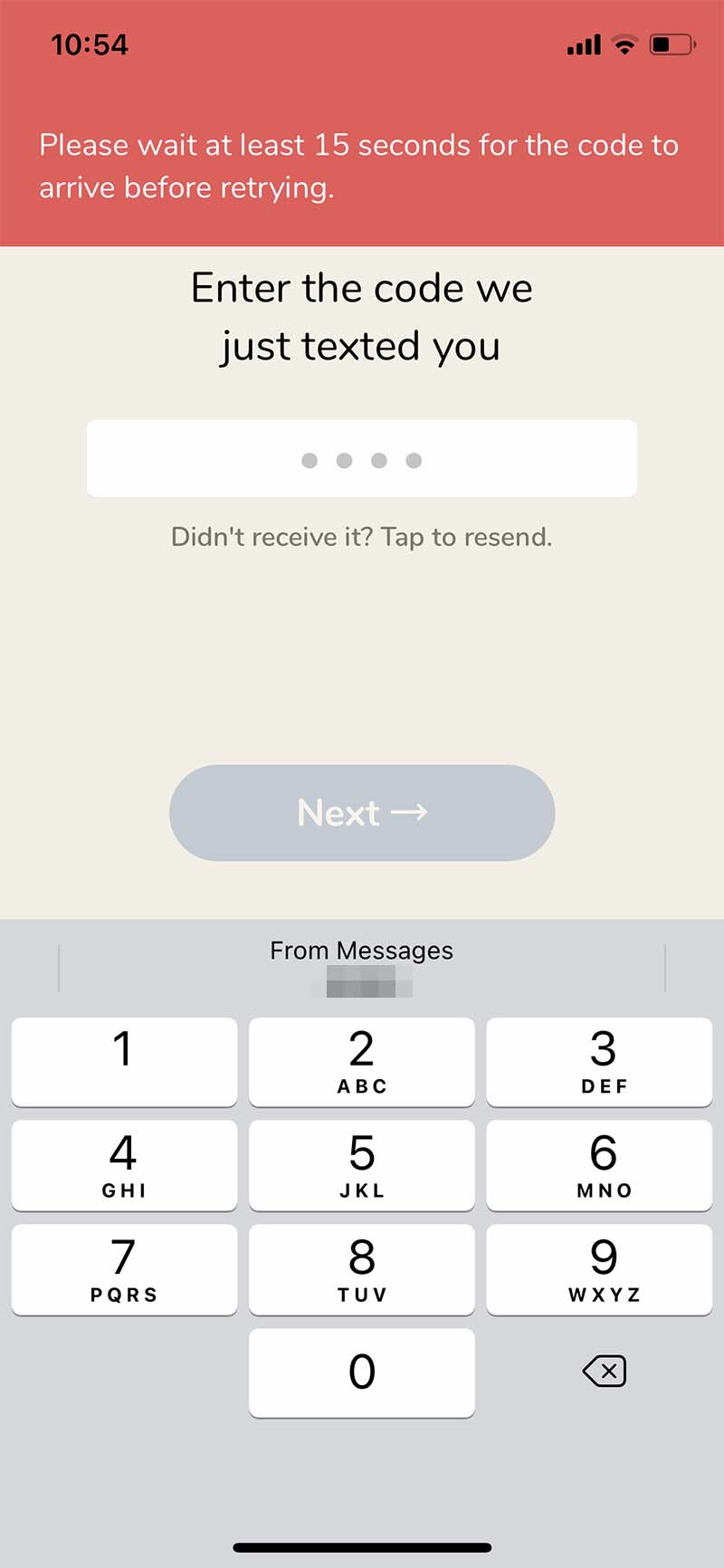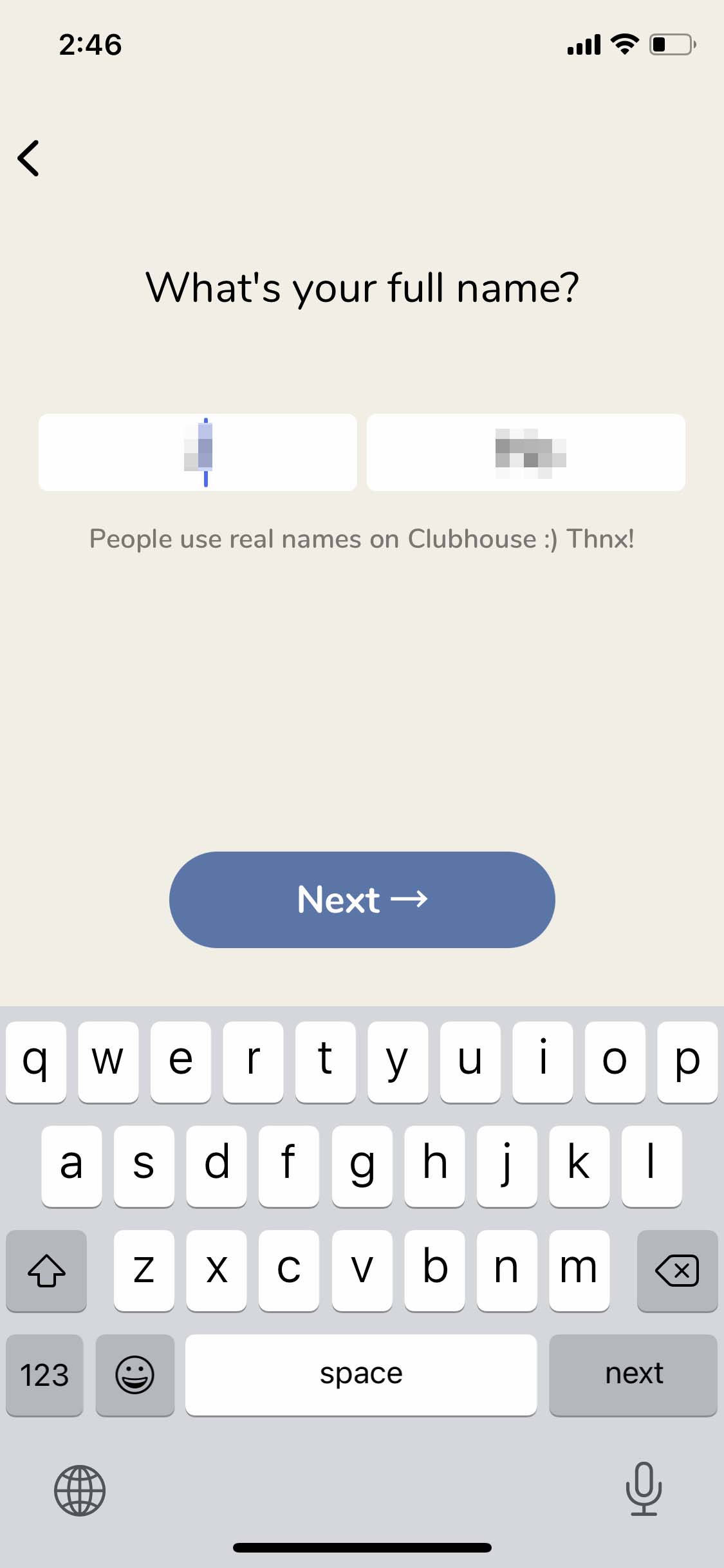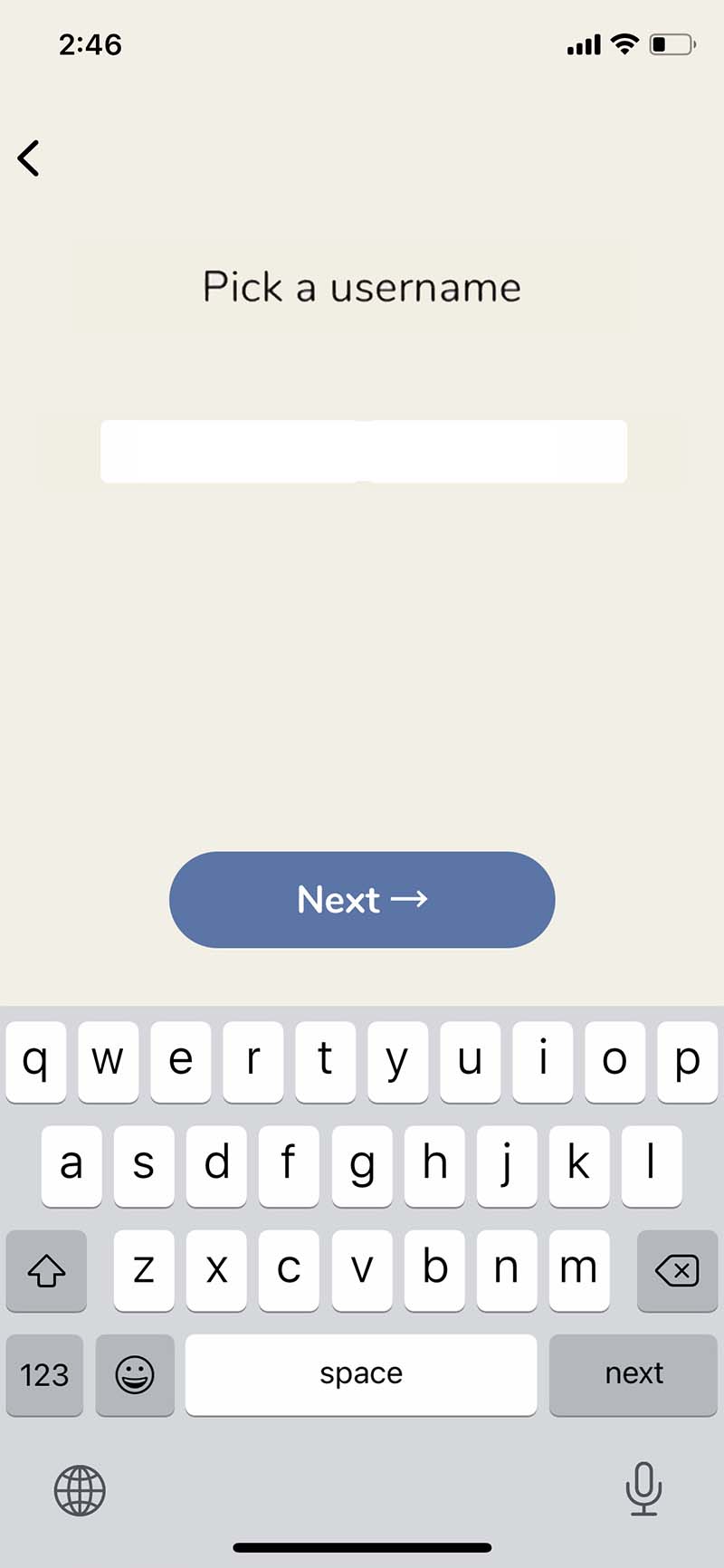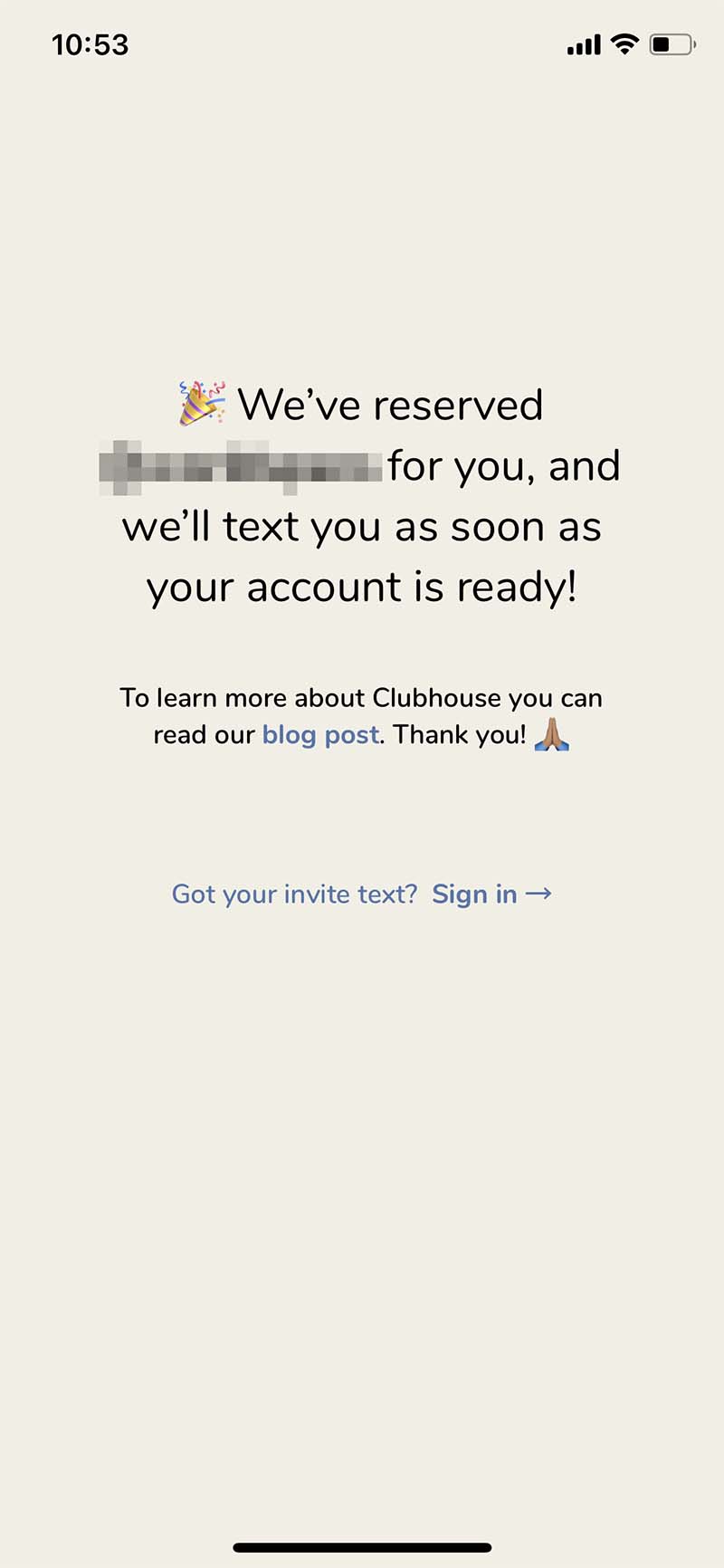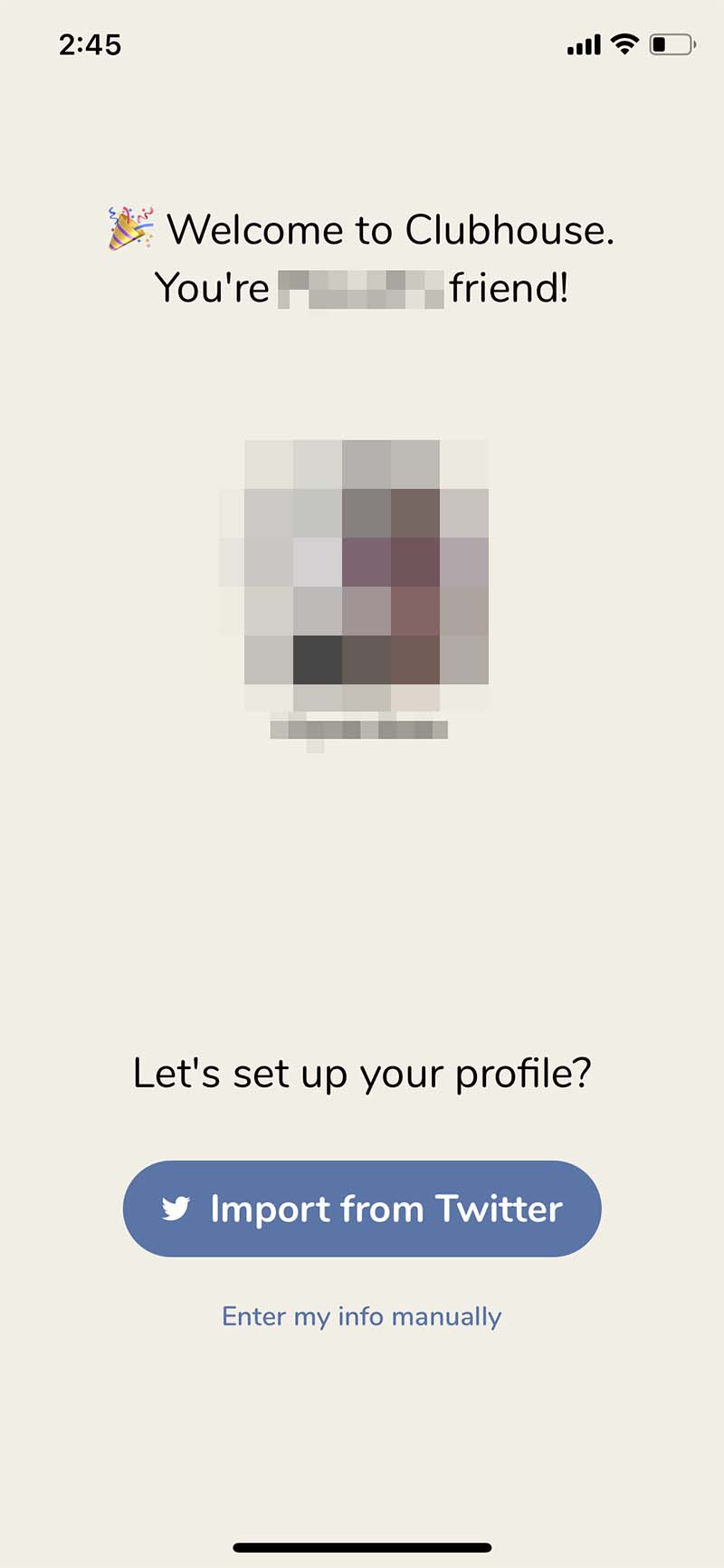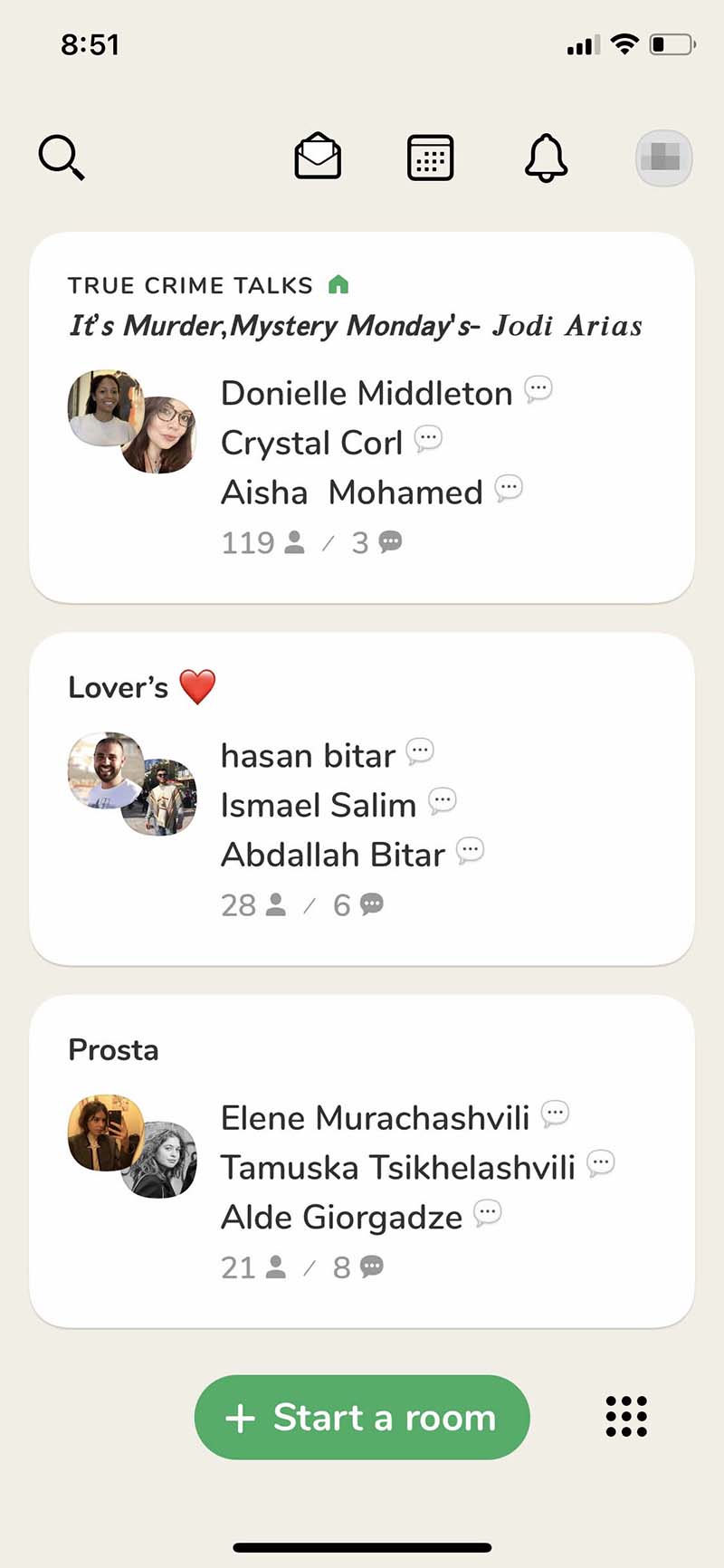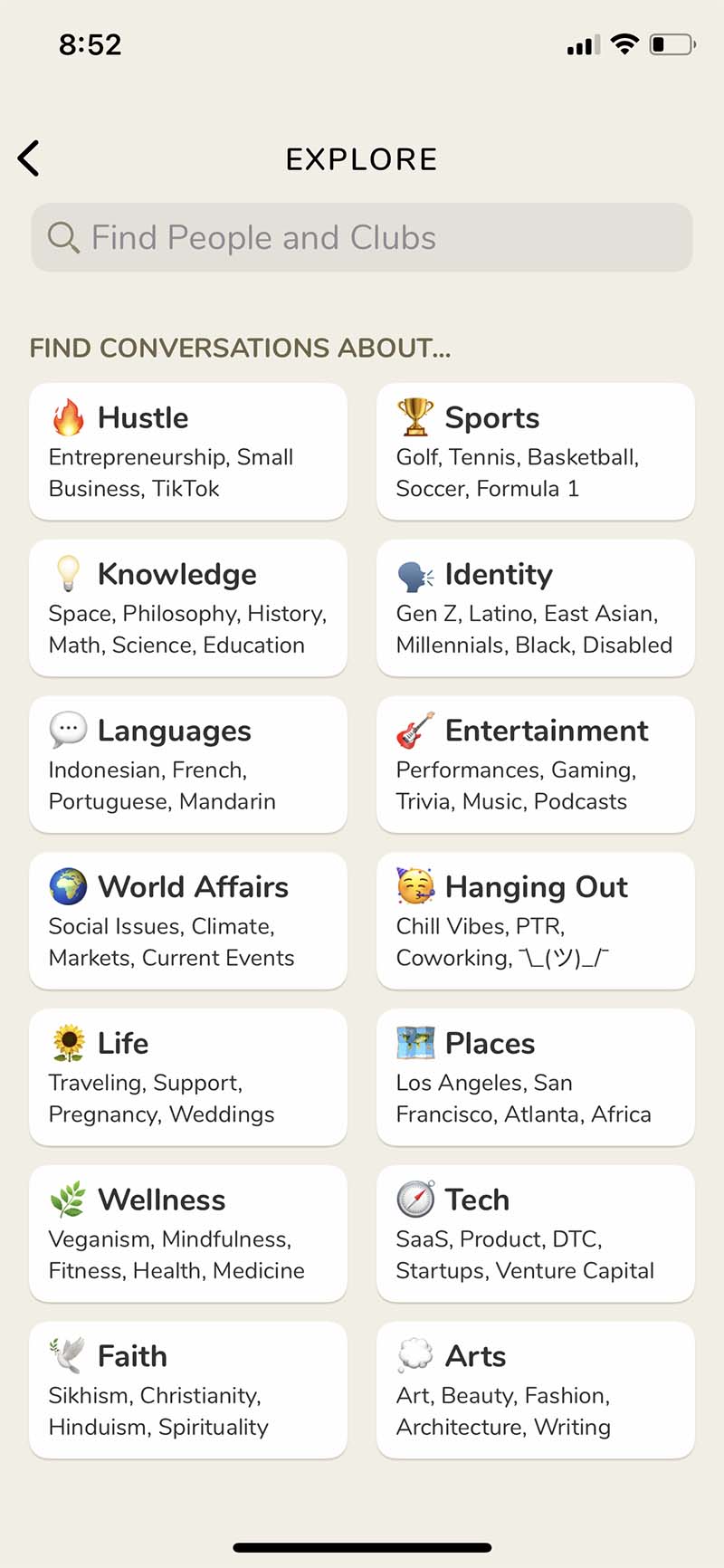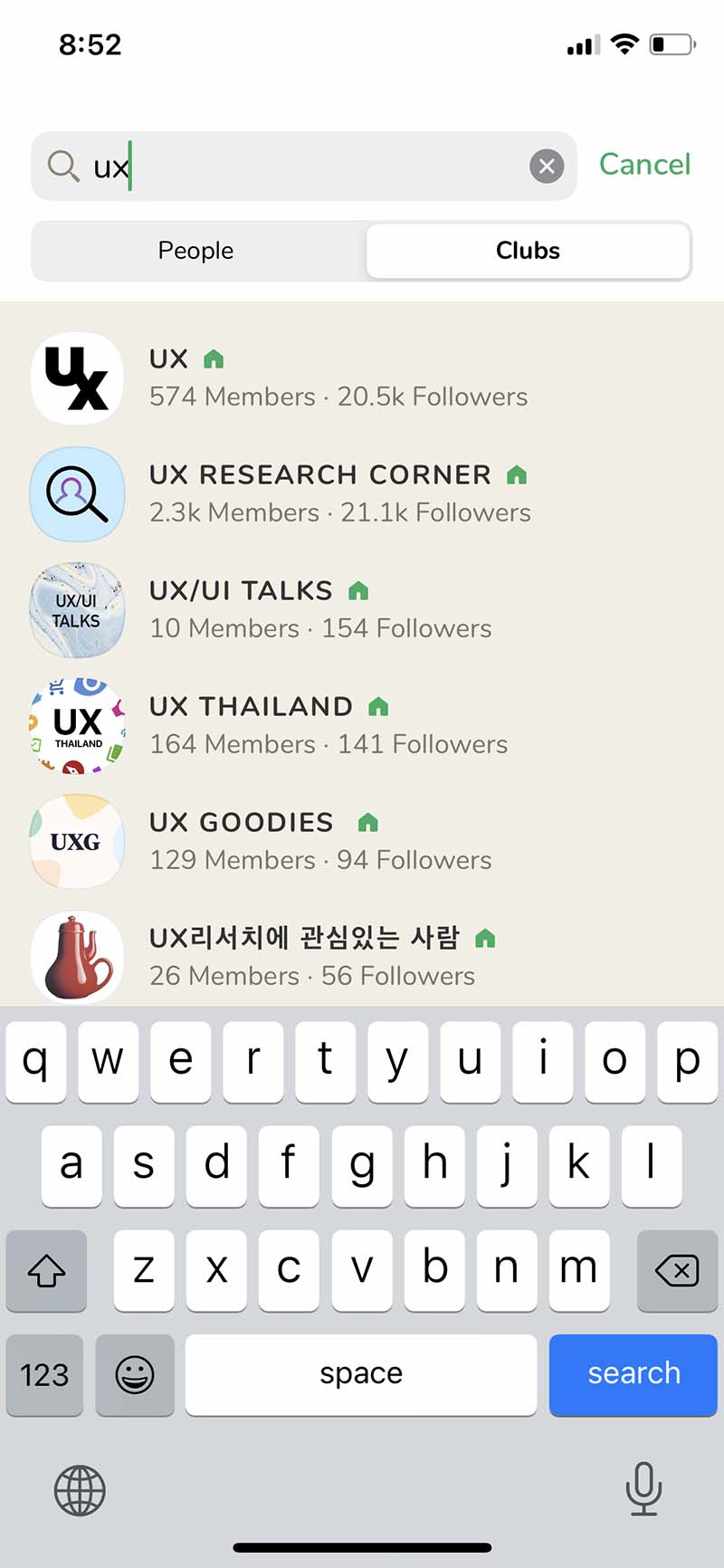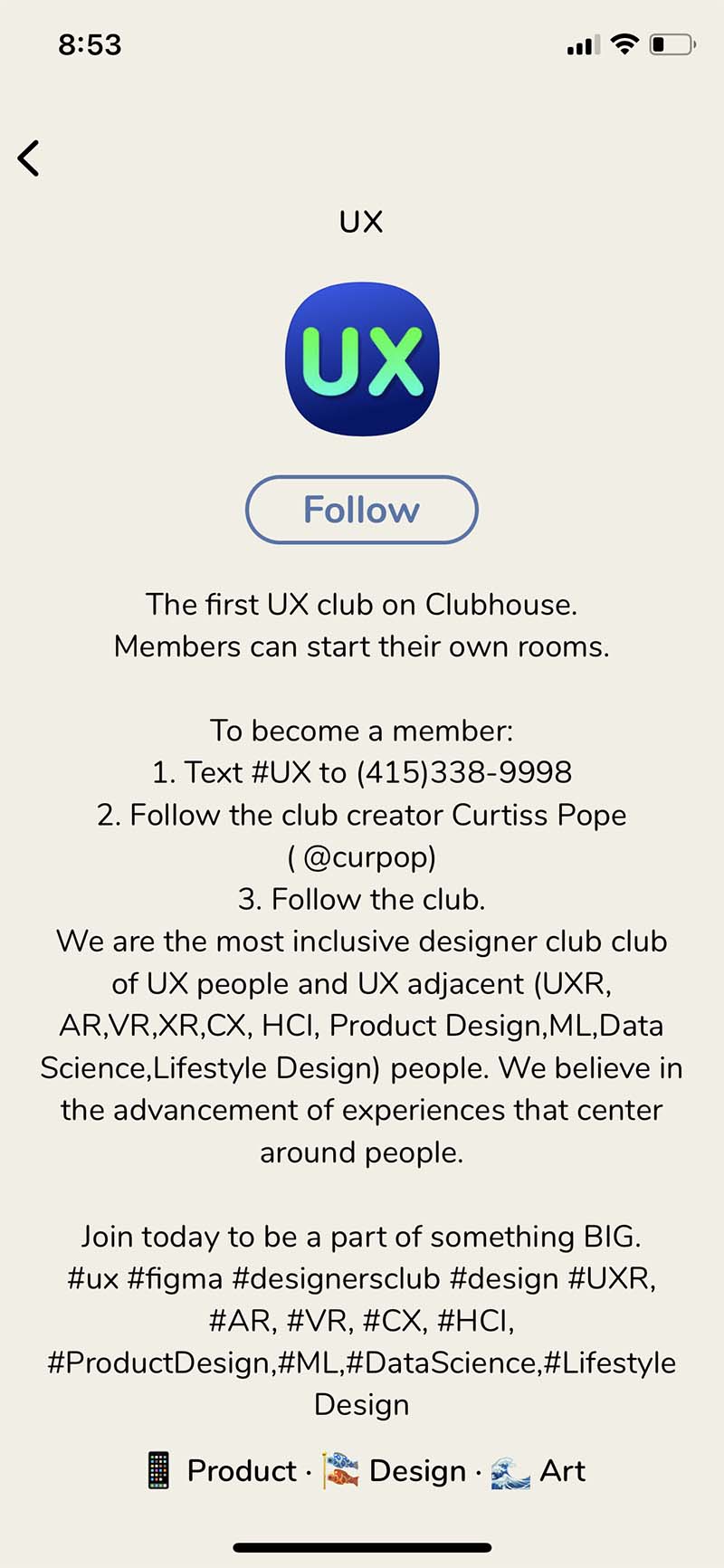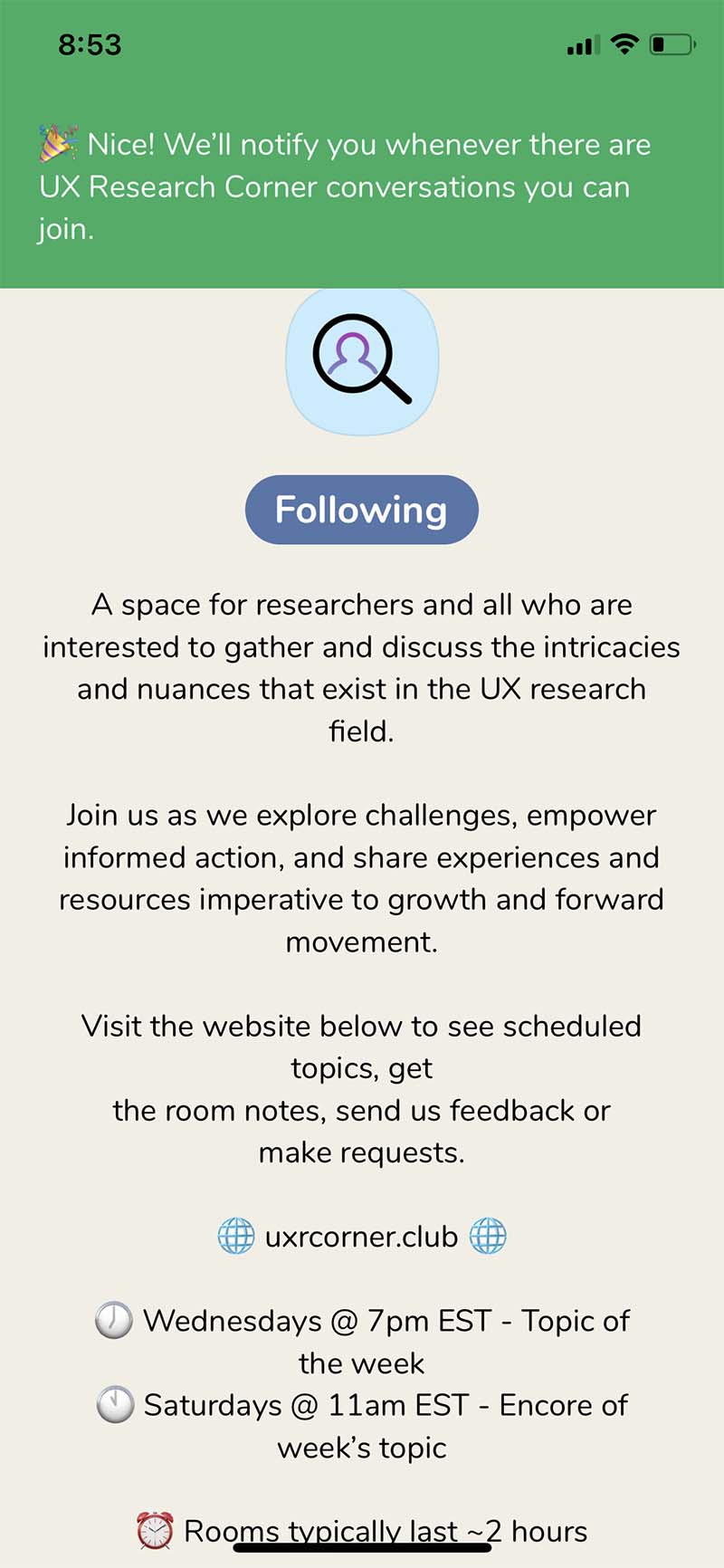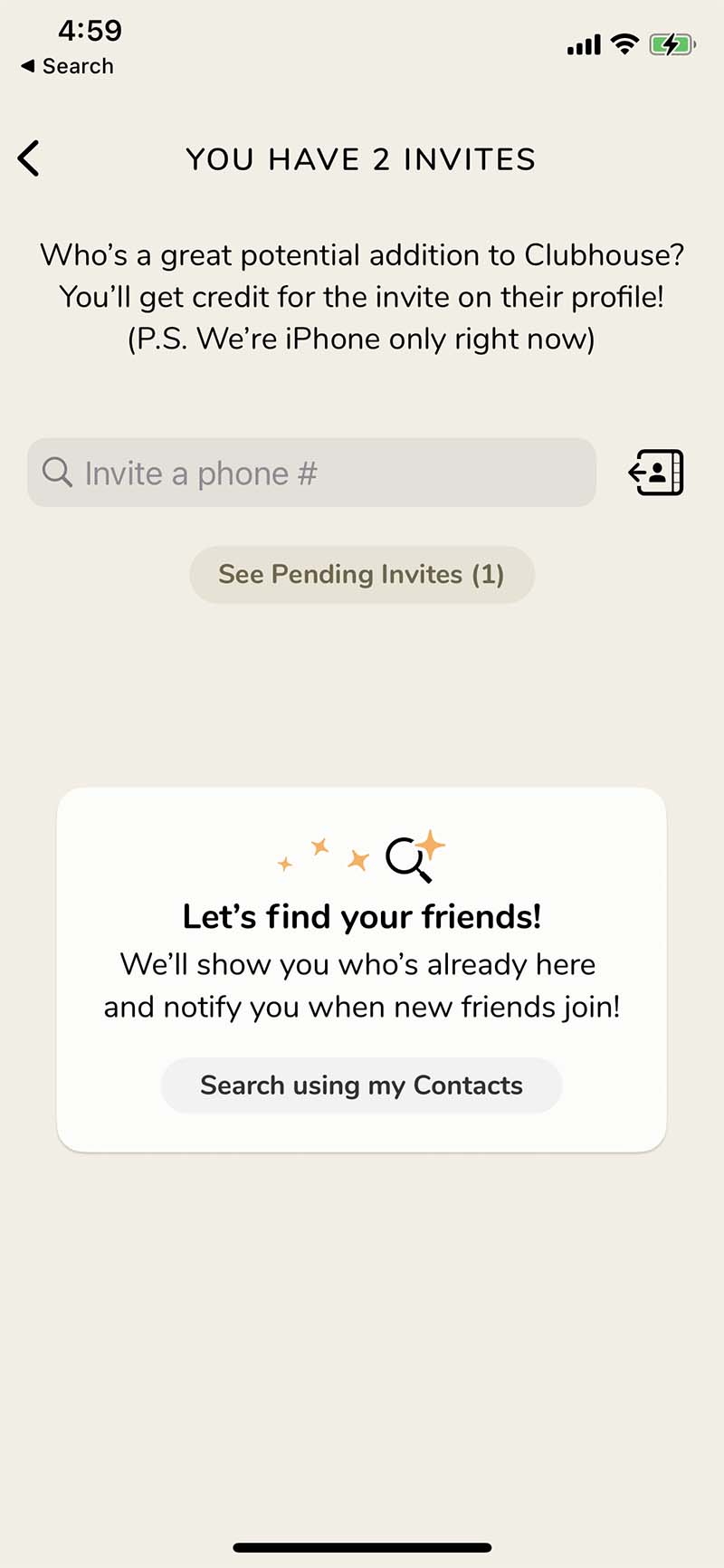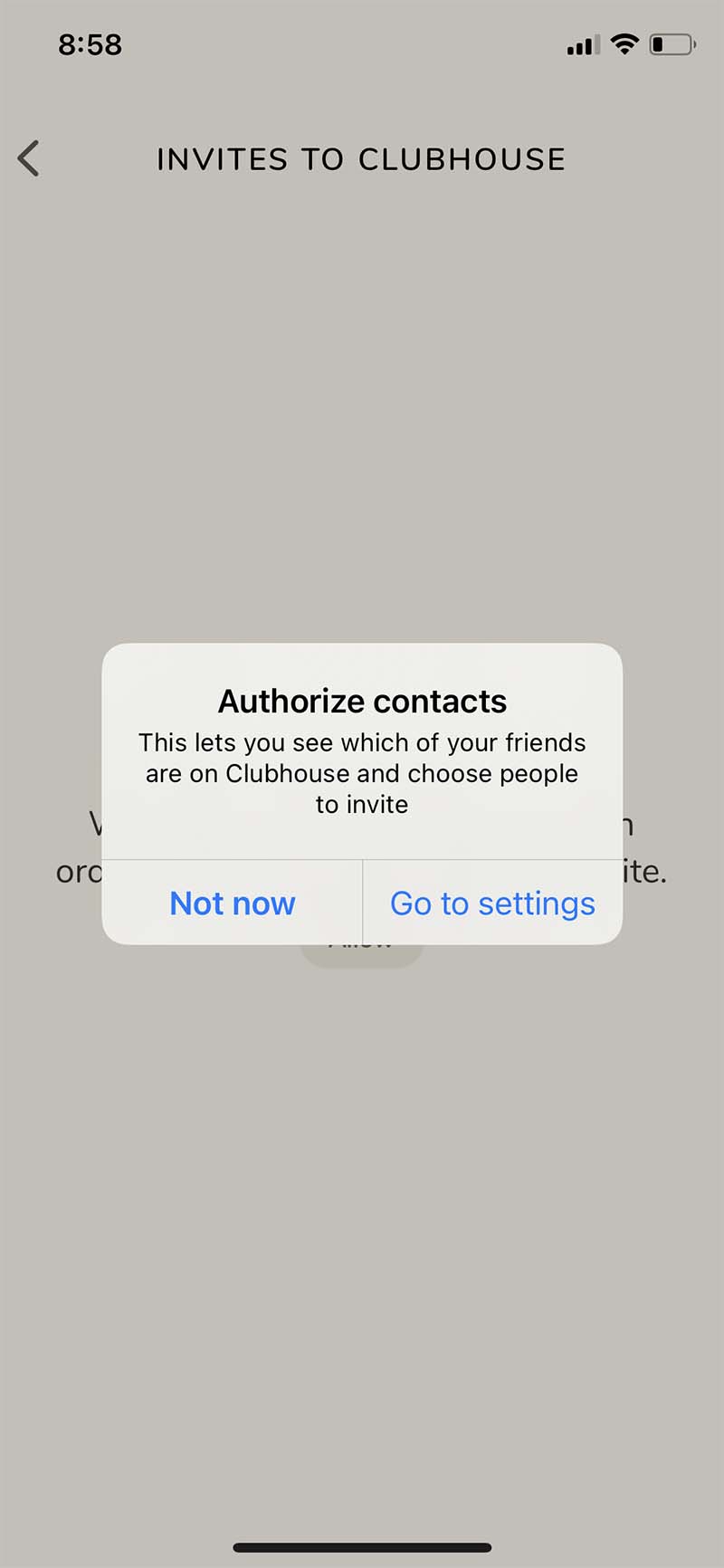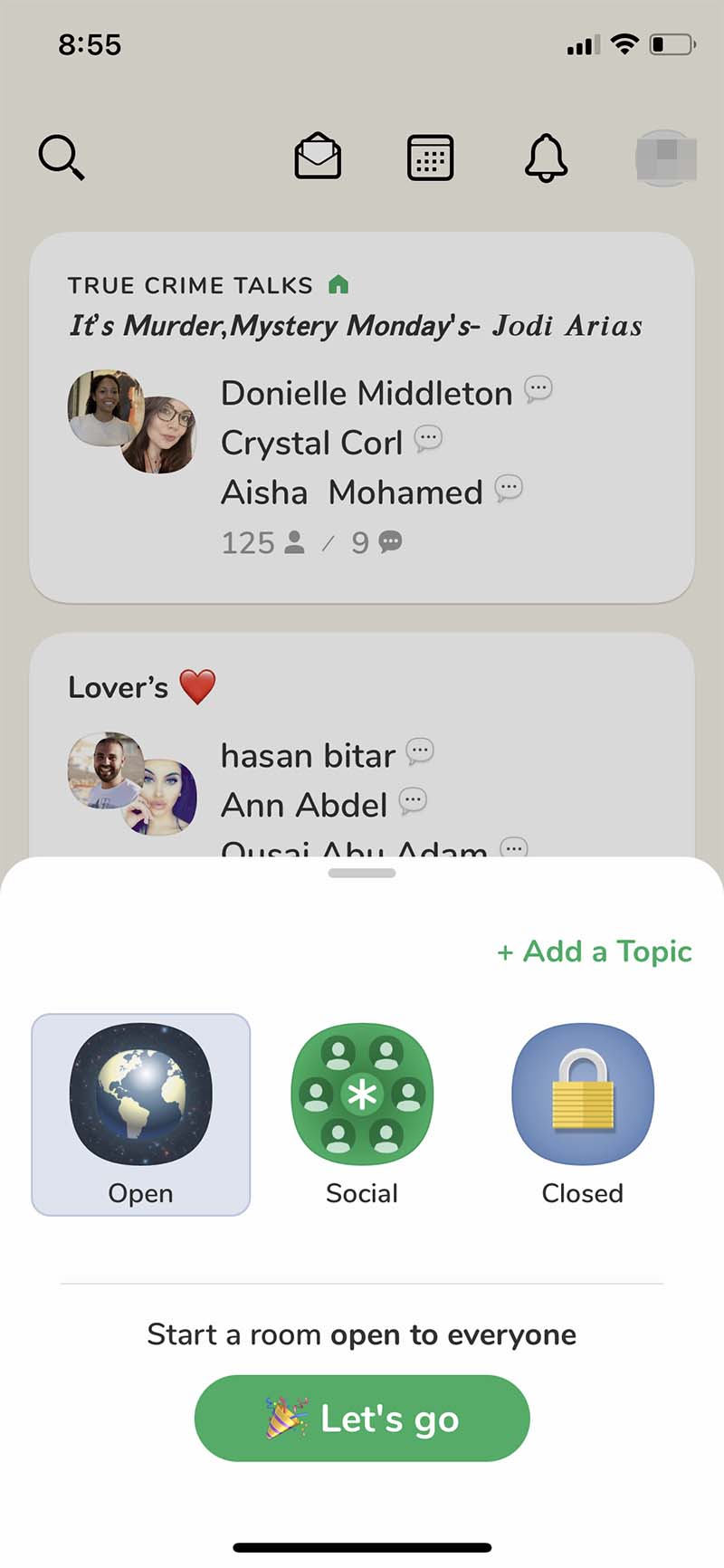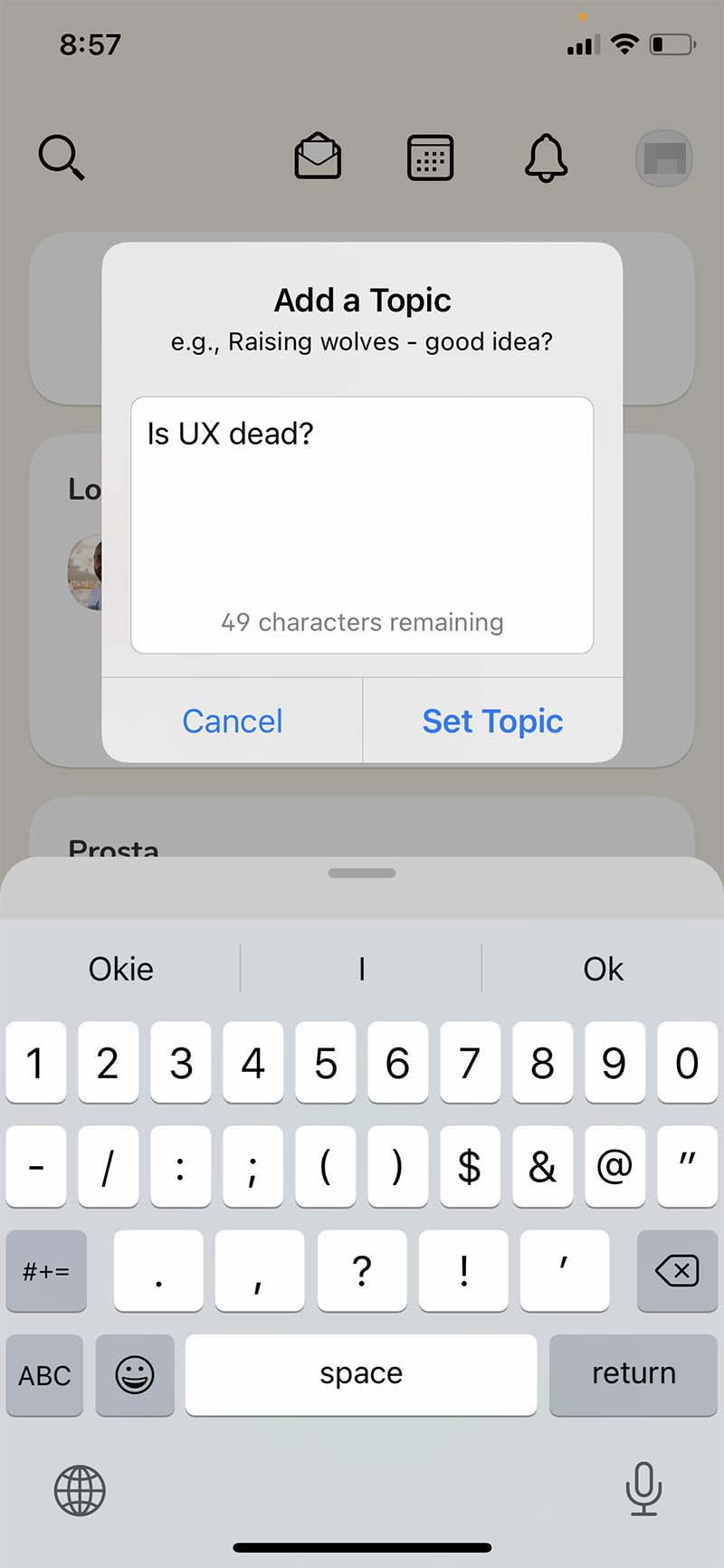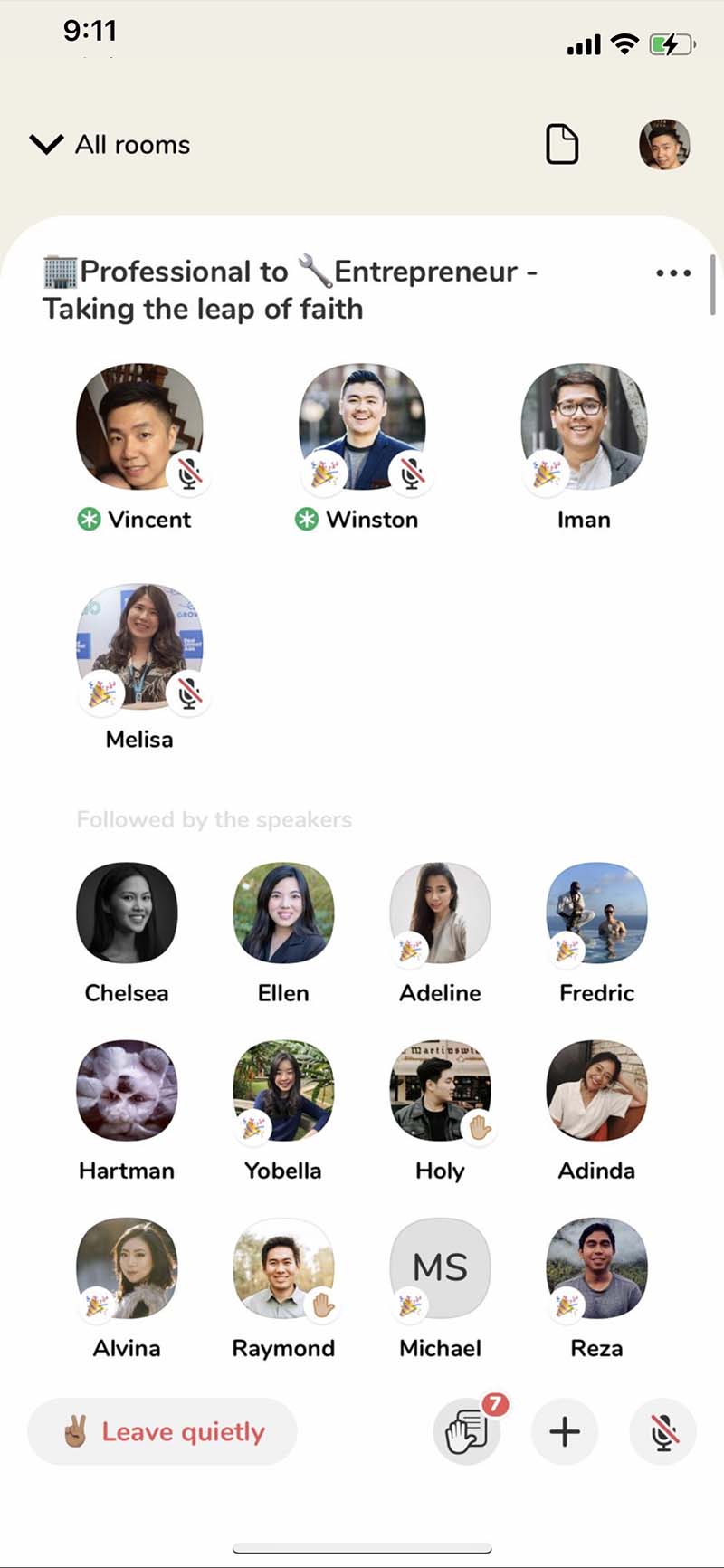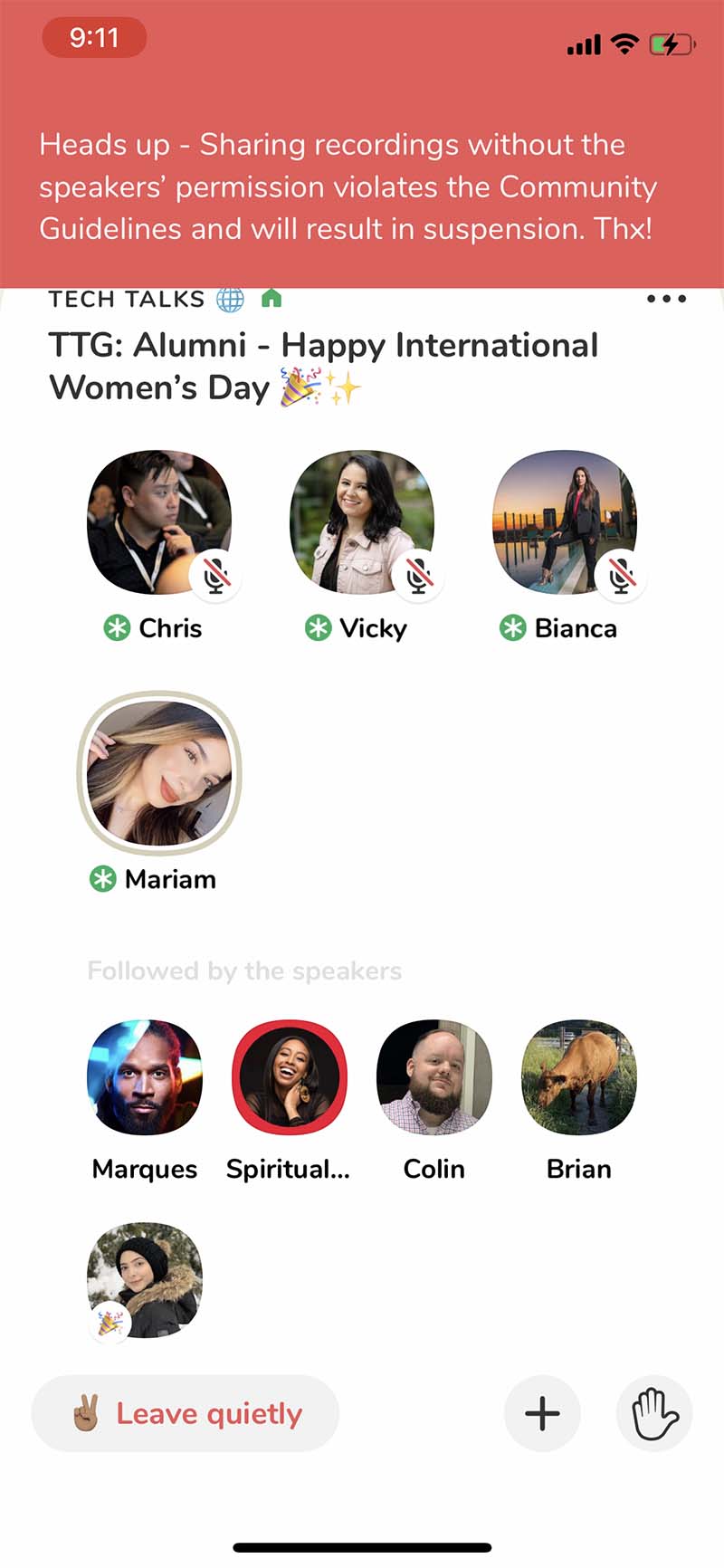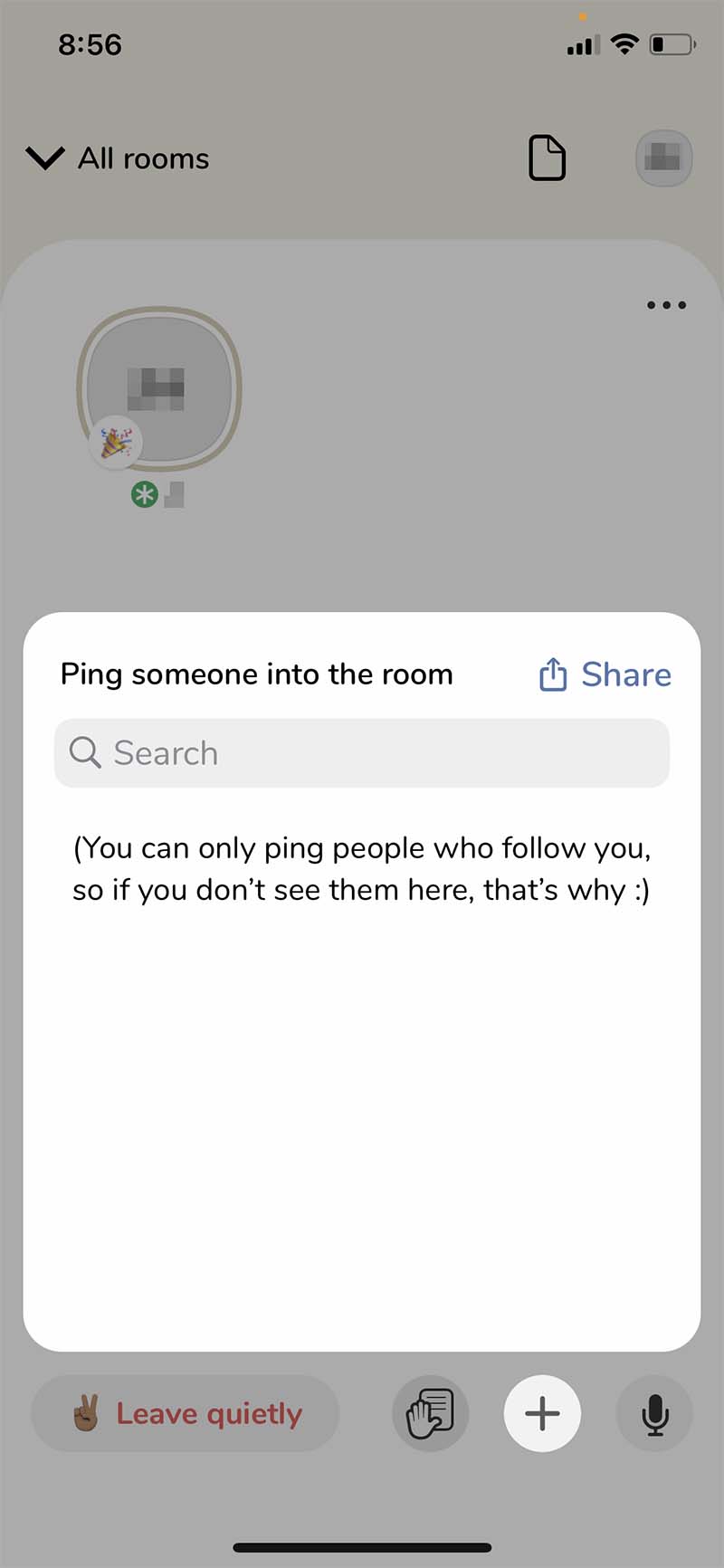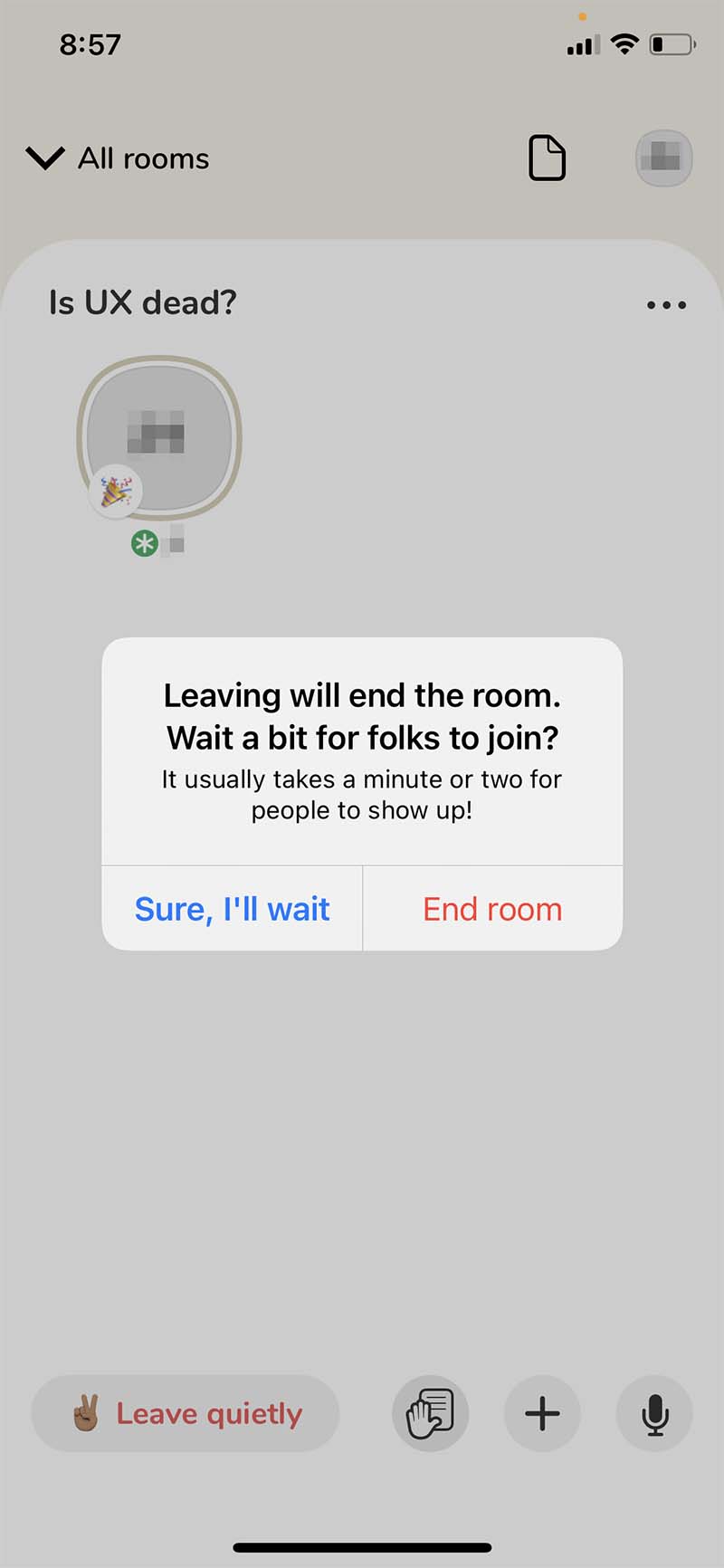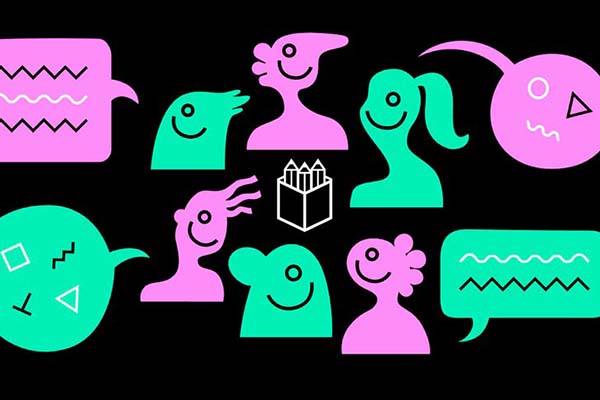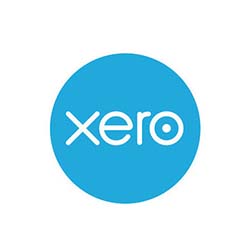What is Clubhouse?
Clubhouse is a social media app that is currently (as of May 2021) only available on iOS, remains in beta, and accessible through invitations from existing users. It offers users the opportunity to create or join virtual rooms to share and discuss topics in real-time, similar to that of a workshop, class, or conference. Contrary to a video conference, communications through Clubhouse are in audio-only mode and you won’t be able to see one another.
Created by Paul Davison and Rohan Seth in 2019, Clubhouse was formerly known as Talkshow and rebranded to Clubhouse with its official beta release on iOS in March 2020. It grew rapidly after a few months of launch, from having 600,000 registered users in December 2020, to having more than 8.1 million downloads in February 2021.
In May 2020, it was valued at US$100 million with Series A funding. In April 2021, it was rumored that Twitter planned to takeover Clubhouse at a valuation of US$4 billion. Even though discussions on the takeover were reportedly stalled, the valuation of Clubhouse purportedly grew exponentially from zero to billions in just two years!
Clubhouse UX Review
In this UX review section, we will bring you through the steps from setting up to using Clubhouse and review the UX of the app.
How to set up Clubhouse app
A step-by-step guide to set-up Clubhouse from downloading from App Store to successfully creating an account:
- Download and install the Clubhouse app from Apple App Store
- Open the app
- Enter your phone number
- Verify your phone number
- Enter your first and last name
- Enter your preferred user name. Your username will be reserved while waiting for approval. If you have friends who are already on Clubhouse, they will know you have joined and can nominate you to grant you express access to the app.
While each step appeared simple, with little bits of information required to be furnished, users may be apprehensive that it could be a lengthy process or more sensitive information that one is unwilling to divulge may be required later on. As such, attrition could have happened for some prospective users (we had thoughts of giving up but decided to continue in order to offer our first-hand review on Clubhouse).
Based on our experience, we have shortlisted the following points that we feel could be improved:
- Privacy concerns: Registering account using a phone number
- Lacking visibility of system status: The number of steps is unknown
- No timeline on account approval: Clueless on how long it will take to gain access to the app
1. Privacy Concerns
The first step to register an account on Clubhouse requires the user to enter his/her cell phone number, which is not typical of the registration process generally experienced in the West and internationally. However, we understand that it is prevalent in China and also common in Chinese apps used internationally.
We were reluctant to provide it as a cell phone number is even stronger an identifier than the full name of the user. We did not understand why such a social app mandates us to use our phone numbers to create an account.
We were even more surprised when our account was approved a day later as one of our contacts is an existing Clubhouse user and nominated our account for access to the app. It was then we were aware that our cell number is being matched with the contact list of other users who are already on board. As such, Clubhouse technically knows who and who knows one another.
2. Lacking visibility of system status
As seen in the screenshots above, there was no progress status bar nor an indication of the total number of steps to complete the registration process. After furnishing our cell phone number and verifying it, we were asked to enter our first and last name. We had no visibility on what is coming up next.
3. No timeline on account approval
Upon completing the registration, we were told that we will be prompted “as soon as our account is ready”. There was no timeline on when the account would be ready to use. We were wondering if it will be hours, days, weeks, or even months! We also had concerns about whether the registration was just a way to collect personal information after all.
How to use Clubhouse app
You can navigate and use the functions within the Clubhouse App through the buttons below:

Start a room
where users hold conversations

Explore
find people and rooms

Invites
send beta invites to friends

Upcoming for you
list of favorite conversations

Activity
user and room updates

Available to chat
communicate between friends
Two of the icons are not exactly intuitive, the “Invites” icon looks like a mailbox, while the “Available to chat” looks like a setting button (even though it is placed at the bottom right of the screen). Apart from this, the features are easy to use for first-timers and the lingo used is similar to what we are familiar with in other instant messaging and social networking apps.
We would give this Clubhouse app’s beta a 4 out of 5 for its UX.
While we find it easy to use, it could be due to the limited number of functions in the beta version that made everything appears simple. One such example is the Explore screen where the conversations are segregated by a fixed list of genres. We thought there could be more advanced functions to search and filter by geographic region, time zones, and the number of users in the room.
Also, we were also looking out for a recording function to listen in to previous conversations that we missed to no avail. We find that more user research could be performed to understand user needs so that more functionalities that are important to users could be implemented.
Will Clubhouse disrupt the traditional offline conference?
We are seeing an uptrend in the sharing of Clubhouse events on LinkedIn, Facebook, and Instagram.
Clubhouse is definitely becoming an alternative to regular talks, sharing sessions, and interest groups that used to take place at a co-working space before the COVID-19 pandemic.
However, we have doubts on whether Clubhouse will be able to disrupt the traditional offline conference. The big conferences are made successful with sponsorships from governments and established brands, which in turn attracts notable industry experts to give talks. If the sponsorships continue, so would the offline conferences.
One thing that is clear is that the introduction of Clubhouse encourages knowledge sharing on all topics (from casual topics on pop music and life motivations to serious academic topics) from practically anywhere.
While we do not know at this moment how Clubhouse would monetize its app after the official launch and whether people would continue using it, we are loving its impact in promoting conversations and openness in talks.
What’s your take on this? Feel free to share by commenting below.

